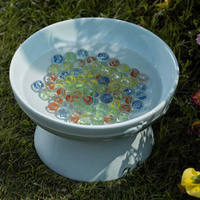Support your local wildlife with a bee watering station – they're quick and easy to make
This simple guide explains how to provide a safe water source for visiting bees
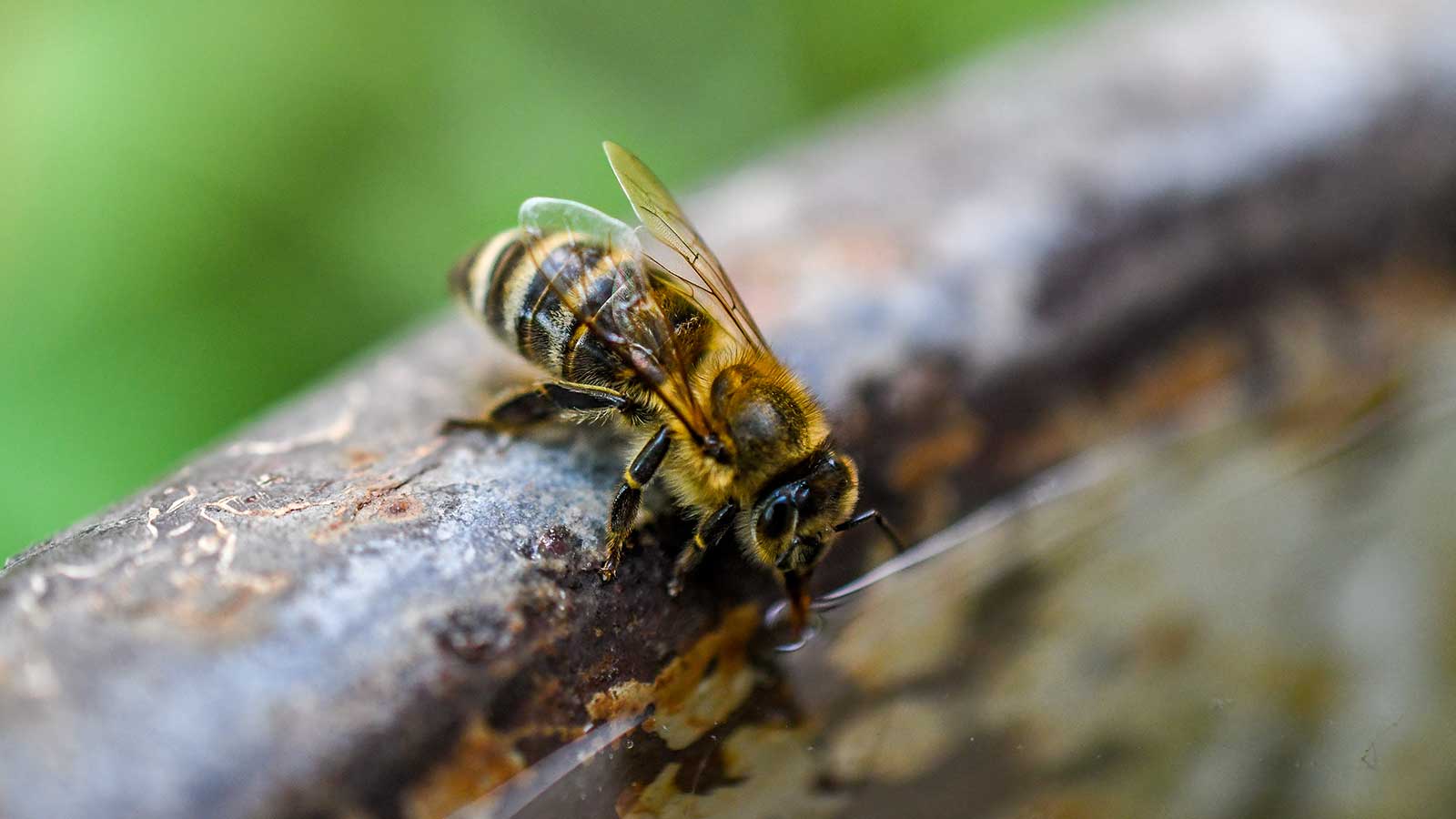

Adding a bee watering station to your yard is a great way to give these tiny fliers a helping hand, and it's super easy to do.
But why should you support these insects anyway? Well, as it turns out, bees are more beneficial than you might first think. They are a key part of our ecosystem as they pollinate plants to support their growth. Not only does this allow us to enjoy the sight of beautiful flowers in our surroundings, but it also helps to provide habitats for other wildlife. And it's not just ornamental plants – bees are important pollinators of food crops, too.
Sadly, the use of pesticides, as well as environmental factors such as loss of natural habitats, pose a threat to bees – so making backyards as wildlife-friendly as possible is more important now than it ever was. Growing plenty of flowers that attract bees is always a good idea, but adding a watering station is another option to add into the mix.
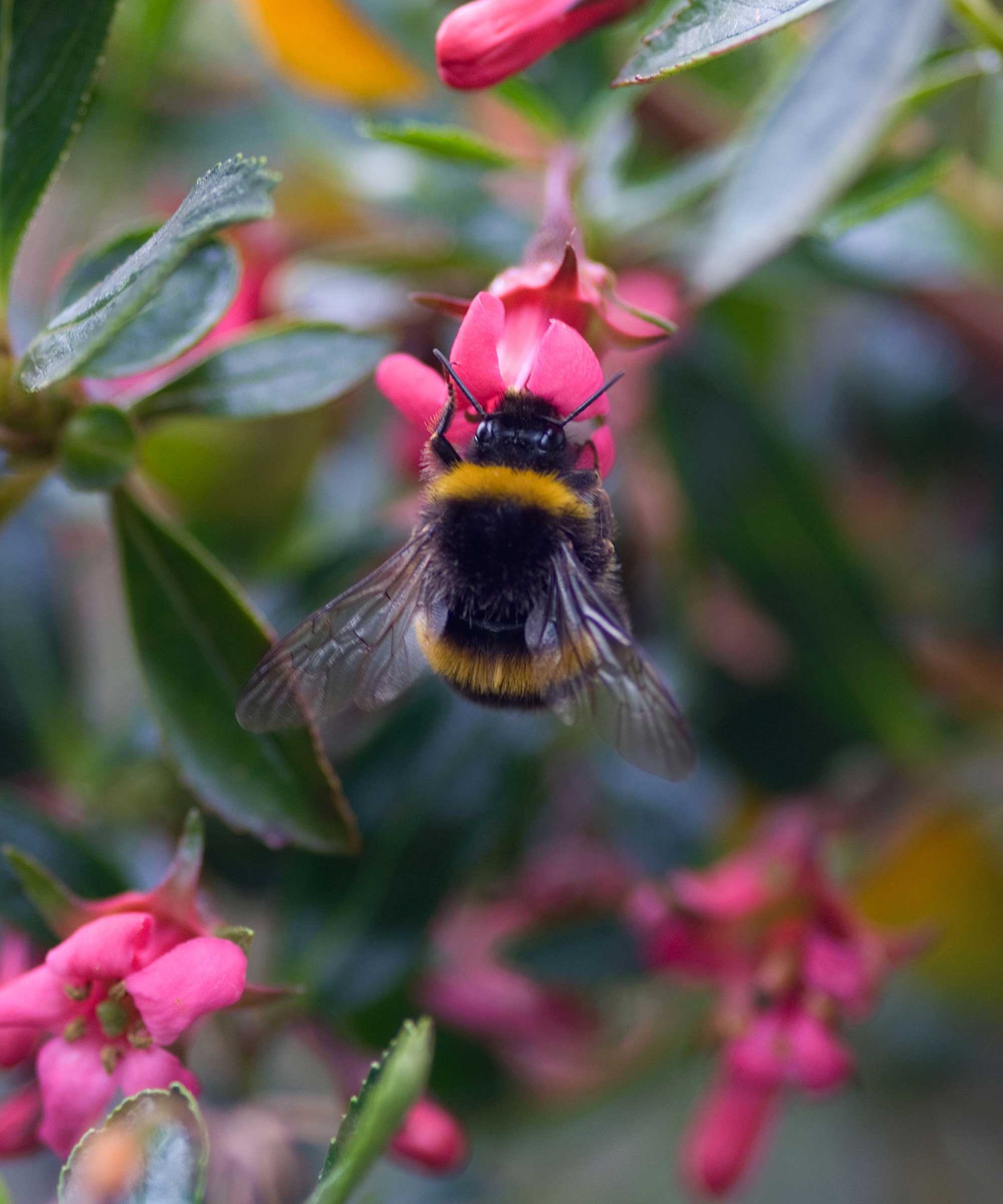
Bees are crucial for a healthy ecosystem
What is a bee watering station?
'Bees need water for many reasons, such as regulating their body temperature and diluting stored honey,' says Sara Lundberg, Owner of seed company Bloom & Haul.
They are often seen hovering around bird baths, puddles, and other sources of water in search of a drink, says Becky Decker of Gardeninghood.com. 'Unfortunately, these sources can be contaminated with chemicals, which can harm bees.' Such sources can also be difficult to access, and as a result, the bees (who can't swim), can drown; that's why you may find dead bees in your swimming pool or pond from time to time.
A bee watering station solves these problems and it is a great method to attract bees to a garden, as it provides a clean, reliable, and easy-to-access source of water for these creatures.
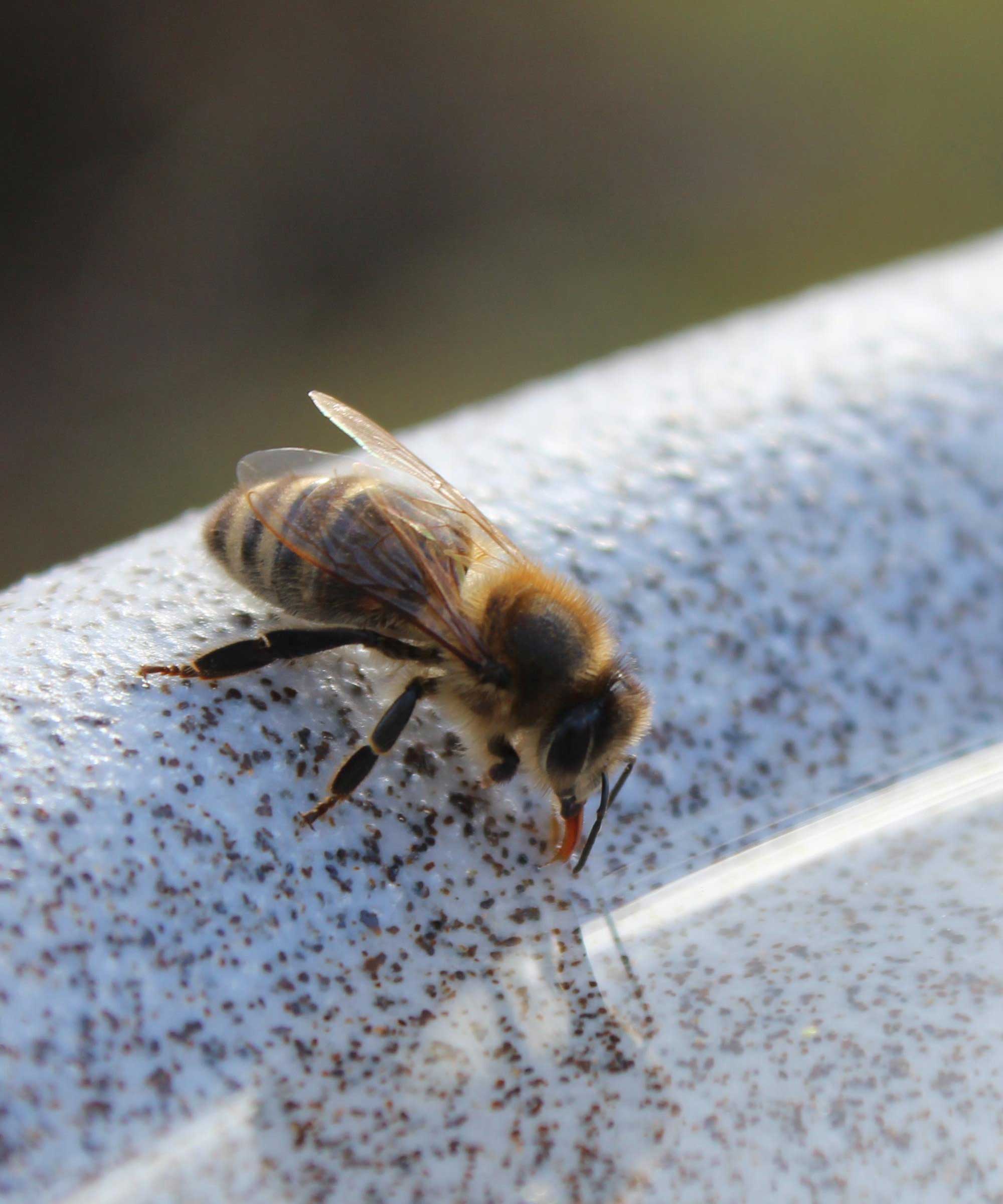
Provide bees with a safe source of water in your backyard
How to make a bee watering station
'To make a bee watering station, all you need is a shallow dish or container filled with clean water and some pebbles or stones for the bees to land on,' explains Tommy Wilde, an animal and insect expert and the Founder of Floofmania.com. You can also add some corks which will provide floating platforms.
'Place your watering station in a sunny spot near flowers and watch as your local bee population thrives,' he says.
Becky adds that the container should have a rough surface to allow bees to grip on. 'It can be a saucer, small plate or bowl, or a shallow flower pot saucer. Make sure the container is clean and doesn't contain any traces of chemicals or detergents.
'Change the water in the container every few days to prevent mosquitoes from breeding,' she adds.
'It's important to avoid using pesticides or insecticides in the surrounding area as these can be harmful to bees,' says Sara. This can be combined with other permaculture gardening approaches for an eco-friendly plot.
Navaris Bee Watering Station | $25.99 from Amazon
Switch out a DIY bee watering station for this stylish ceramic design, which comes with 80 glass marbles. An elegant addition to a flower bed.

Tommy runs Floofmania.com, an online publication about North American wildlife. When growing up in rural Texas, his dad kept bees and he has fond memories of helping him prepare the honeycomb frames and harvesting the honey (as well as observing him handle the bees from a distance). Today, Tommy lives in a suburban area, so having a beehive is not practical with the neighbors around, but he does enjoy watching them buzz around his bee watering station, and goes to help his dad with his beehives on his farm.
As Becky says, making a bee watering station is an easy and inexpensive way to make a positive impact on the environment and contribute to the health of your garden – 'so why not give it a try and see the difference it can make?'
'I've personally seen an increase in the number of bees visiting my backyard since I installed a watering station, and it's been a joy to watch them drink and buzz around,' adds Tommy.
Sign up to the Homes & Gardens newsletter
Design expertise in your inbox – from inspiring decorating ideas and beautiful celebrity homes to practical gardening advice and shopping round-ups.

Holly started writing about gardening five years ago, and she is a regular contributor to Homes & Gardens. She has also written many gardening features for Woman & Home and Real Homes, too. She has previous experience as a professional gardener, where she helped to plant and maintain private gardens. Holly has also looked after allotment plots over the years and loves to grow her own flowers and veggies from seed. In her spare time, she enjoys visiting local gardens, botanical drawing, and tending to her ever-growing collection of houseplants.
-
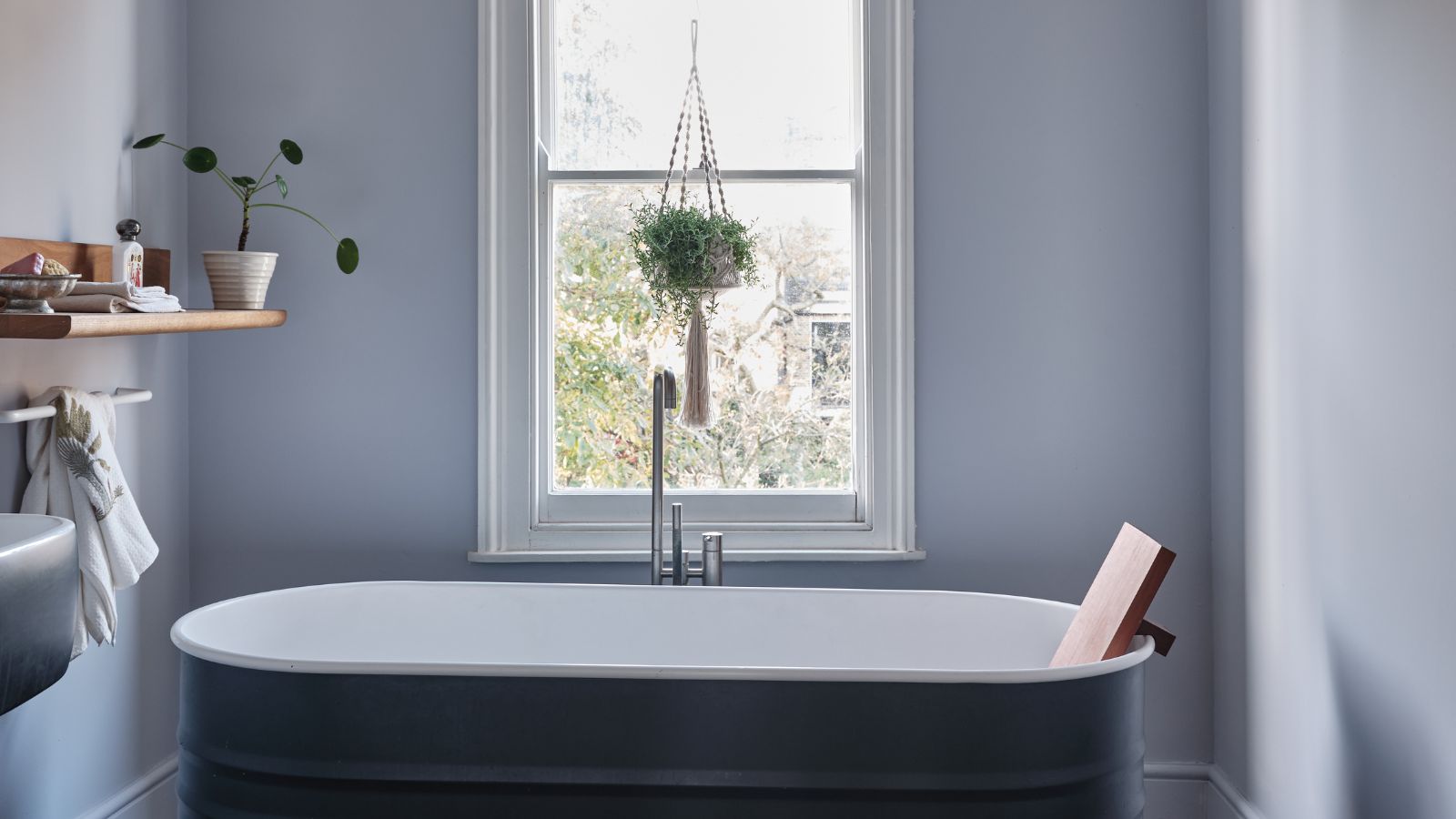 Bathroom colors going out of style in 2025 – and the designer-approved shades to decorate with instead
Bathroom colors going out of style in 2025 – and the designer-approved shades to decorate with insteadThese are the colors to swerve in your bathroom decor if you want to create a stylish and design-led space, according to experts
By Emily Moorman
-
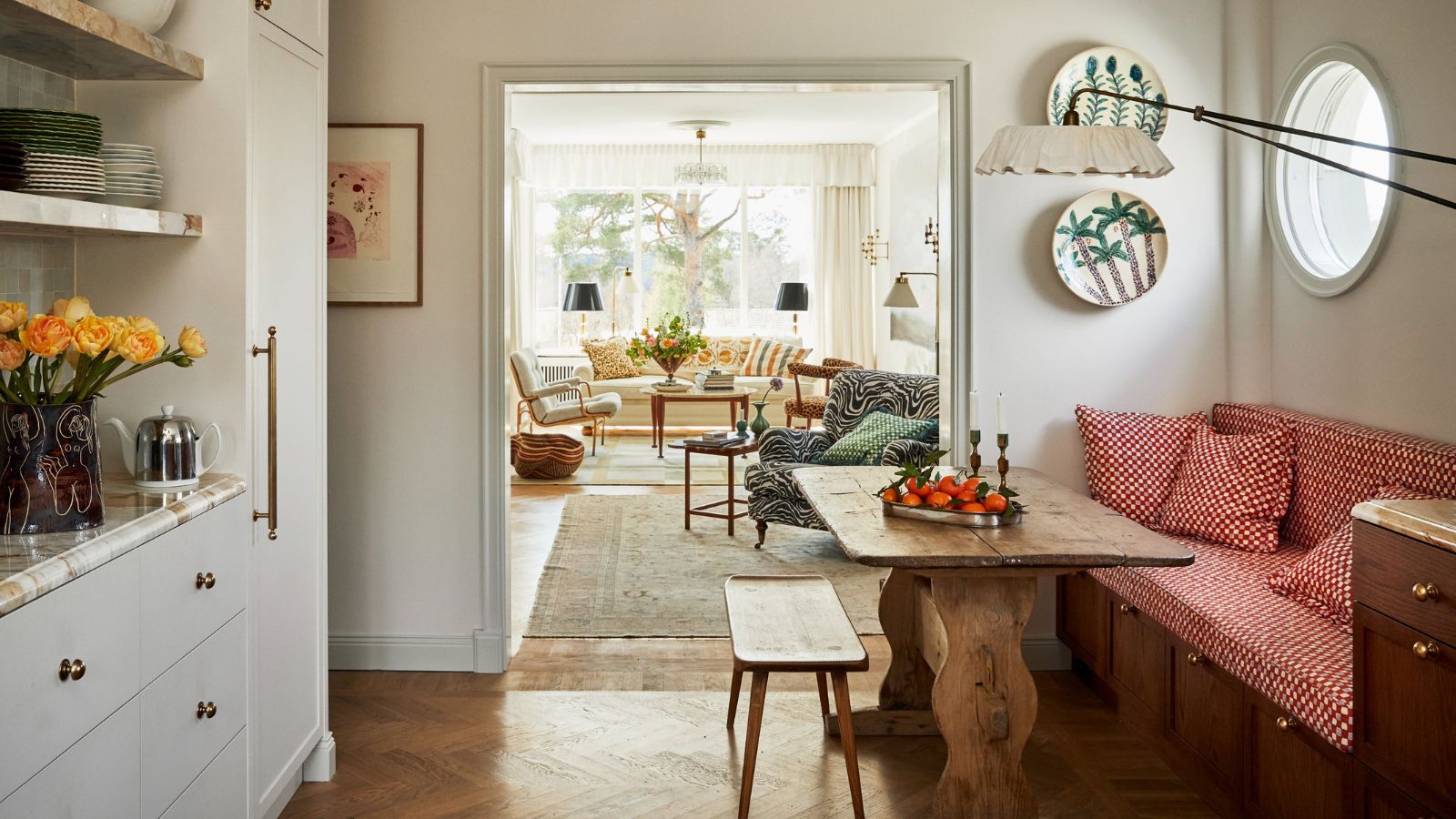 I swear by the ‘ETC’ method to prevent clutter and save money – my expert-backed checklist is transformative
I swear by the ‘ETC’ method to prevent clutter and save money – my expert-backed checklist is transformativeNow I Edit The Cart and save time, money, and energy
By Chiana Dickson
